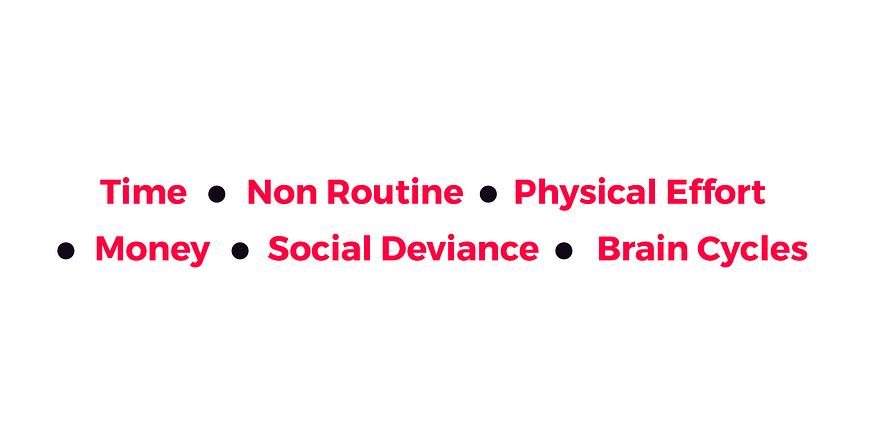The Fogg Behavior Model: Understanding and Applying Behavior Design
Behaviour and behaviour change is not as complicated as most people think. It’s systematic. — Dr. BJ Fogg
Introduction
The Fogg Behavior Model, developed by Dr. BJ Fogg, is a powerful framework for understanding human behavior and designing products that drive desired actions. This model is widely used in UX design, marketing, and behavior change initiatives. By leveraging the principles of the Fogg Behavior Model, designers and innovators can create more effective and engaging experiences.
What is the Fogg Behavior Model?
The Fogg Behavior Model is based on the simple formula: B=MAP. This formula represents that Behavior (B) occurs when Motivation (M), Ability (A), and Prompt (P) converge at the same moment. When any of these elements is missing, the behavior is unlikely to occur.

Key Components of the Fogg Behavior Model
Motivation (M)
Definition: Motivation refers to the desire or drive to perform a behavior.
Types: Motivation can be intrinsic (driven by internal rewards) or extrinsic (driven by external rewards).
Application: To increase motivation, highlight the benefits and rewards of the desired behavior.
Ability (A)
Definition: Ability refers to the user's capability to perform the behavior.
Factors: Ability is influenced by factors such as simplicity, time, and effort required to perform the behavior.
Application: Simplify tasks, reduce complexity, and provide clear instructions to enhance ability.
Prompt (P)
Definition: A prompt is a cue or trigger that initiates the behavior.
Types: Prompts can be external (e.g., notifications, reminders) or internal (e.g., thoughts, feelings).
Application: Use timely and relevant prompts to encourage the desired behavior.

Applying the Fogg Behavior Model in UX Design
Identify the Desired Behavior
- Clearly define the behavior you want to encourage (e.g., signing up for a newsletter, completing a purchase).
Assess Motivation
Understand what motivates your target audience. Conduct user research to identify their needs, desires, and pain points.The underlying drive that motivates someone to change behaviour(not your morning coffee). A person can be highly or lowly motivated. When motivation is high people can do hard things, but once motivation drops people will only do easy things.
The 3 major drives —

Enhance Ability
Simplify the process of performing the behavior. Ensure that the user interface is intuitive and easy to navigate.The 6 simplicity factors or ways of to encourage behaviour change to by showing any task can be simple —

Design Effective Prompts
- Use prompts that are timely and relevant. For example, send a reminder email when a user abandons their shopping cart.
Test and Iterate
- Continuously test and refine your design based on user feedback and behavior data. Make adjustments to optimize motivation, ability, and prompts.
Case Study: Applying the Fogg Behavior Model
Scenario: A fitness app wants to increase user engagement by encouraging daily workouts.
Motivation: Highlight the health benefits of regular exercise and provide personalized workout plans.
Ability: Design a user-friendly interface with easy-to-follow workout instructions and progress tracking.
Prompt: Send daily reminders and motivational messages to prompt users to start their workouts.
By applying the Fogg Behavior Model, the fitness app can create a more engaging and effective user experience, leading to increased user retention and satisfaction.
Conclusion
The Fogg Behavior Model is a valuable tool for understanding and designing for human behavior. By focusing on motivation, ability, and prompts, designers can create products and experiences that drive desired actions and improve user satisfaction. Whether you're working on a UX project, marketing campaign, or behavior change initiative, the Fogg Behavior Model provides a solid foundation for success.
